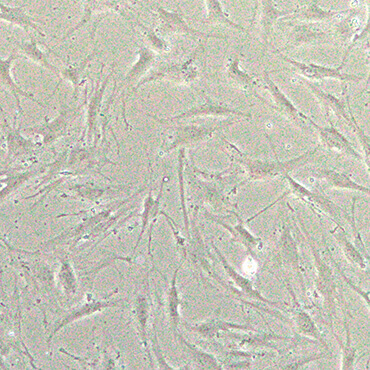
Science
Taking Skin Research Deeper, From the Dermis to the Subcutaneous Tissue.
“RC” Is a Major Factor in Sagging.
Skin research so far has mainly centered on the dermal area.
However at POLA, we have expanded the scope of our skin research, and delved deeper to the subcutaneous tissue level.
This has led us to the discovery of the “retinacula cutis” (RC) as a major factor in skin sagging.
RC is like an important pillar that props up the skin. It supports the thick and soft subcutaneous tissue from deep within the skin.
When RC starts to decrease, the subcutaneous tissue also loses a major support structure.
Due to the effects of gravity, this decline in RC is also linked to sagging of the skin.


A World-First Discovery by POLA. “Subcutaneous Tendon Cells” Produce RC.
We delved deeper and researched the main components of RC, and how it is produced.
And then we made a discovery. The main components of RC are produced by “subcutaneous tendon cells” within the subcutaneous tissue.
We also clarified that RC decreases with age.
So activating these subcutaneous tendon cells to produce more of the main components of RC is anticipated as a way to improve facial sagging.

Cognitive Science States: Sagging Influences a Positive Impression
We verified this statement based on cognitive science.
The results revealed that a face with no sagging and a plump and round area from under the eyes to the middle of the cheeks gives a positive impression to others, and makes people feel like they want to spend time with that person.
* Study by POLA Research Institute

POLA received the Johann Wiechers Award from the International Federation of Societies of Cosmetic Chemists (IFSCC)※1, which is a world authority on cosmetics research.
Researcher: Satoshi Hirakawa
Within the numerous skin concerns that women have, one of the most notably difficult to improve is “skin sagging.”
POLA has been conducting world-first research that focuses on RC in the subcutaneous tissue deep within the skin, and its connection to sagging.
We presented our research findings at the Conference of the International Federation of Societies of Cosmetic Chemists (IFSCC), which is the leading world authority on cosmetics research.
In 2015 we presented a paper on “Clarifying the Mechanisms of Sagging.” We continued with our research, and in 2016 we presented another paper on “Discovery of Subcutaneous Tendon Cells.”
- 1 POLA received the Johann Wiechers Award from the International Federation of Societies of Cosmetic Chemists (IFSCC) in 2015.
- Whitening: Inhibits the production of melanin, and prevents spots, freckles, and other blemishes
- Anti-aging care: Skin care using cosmetics suited to your age
- Dullness: Due to dryness, uneven texture, and so on.
